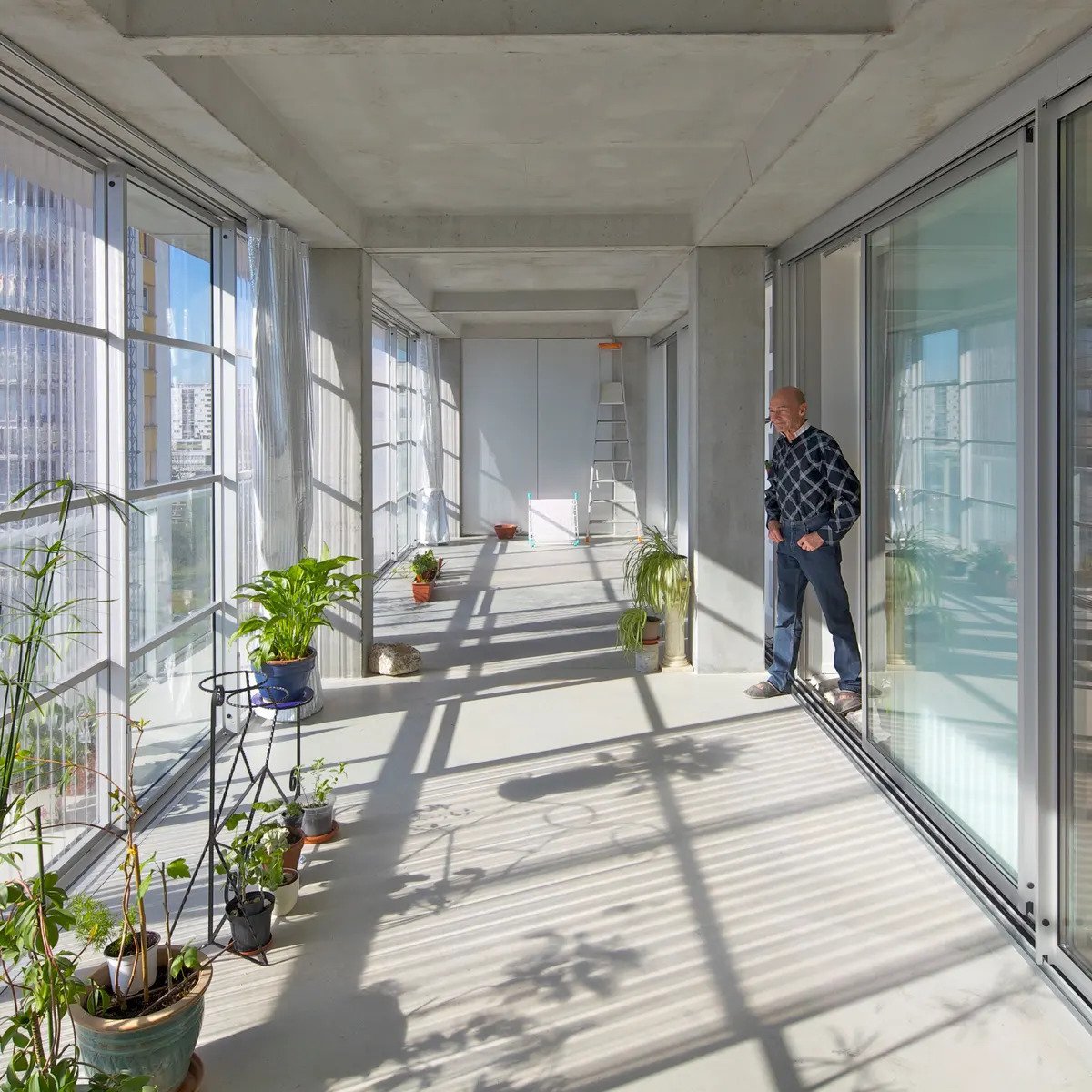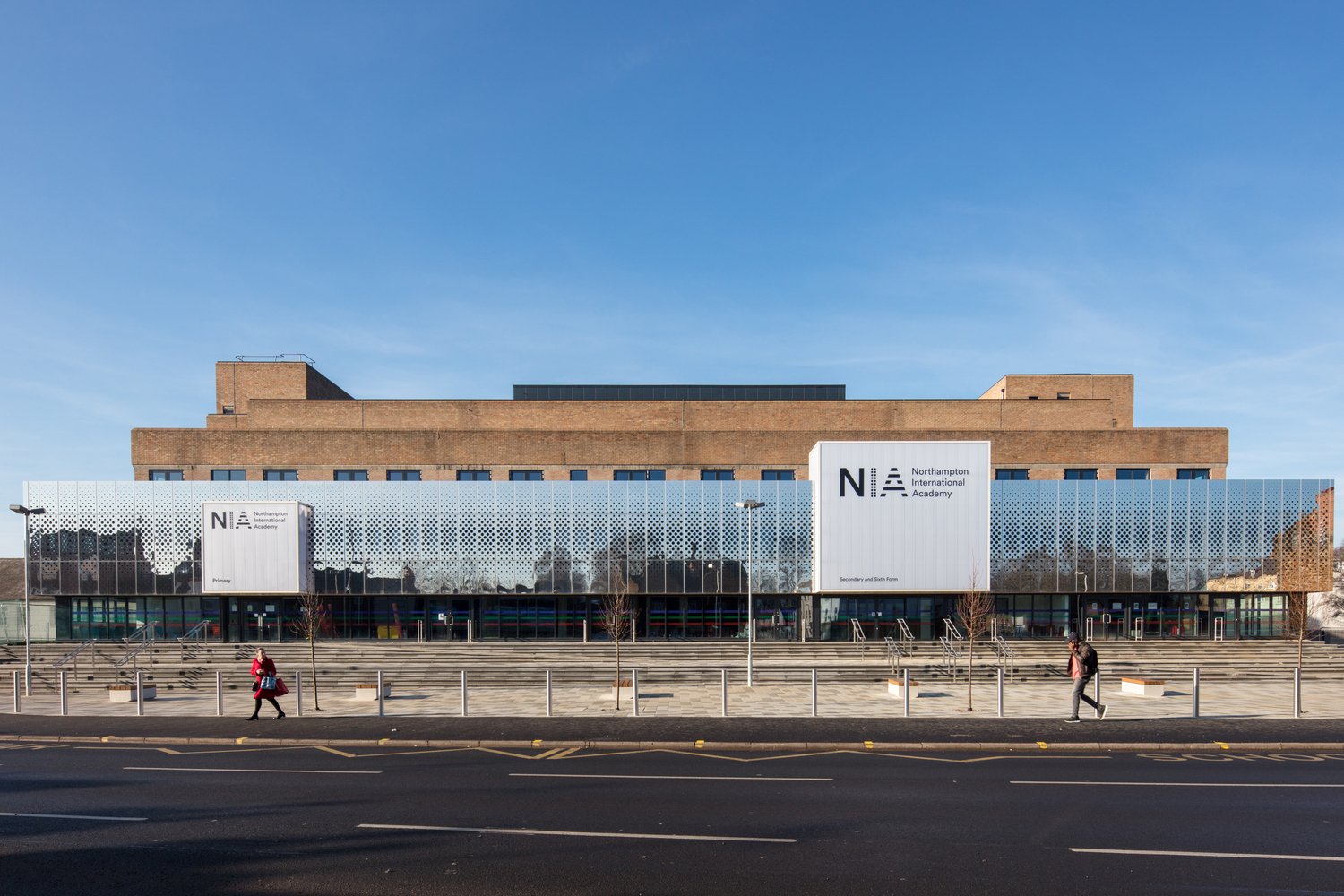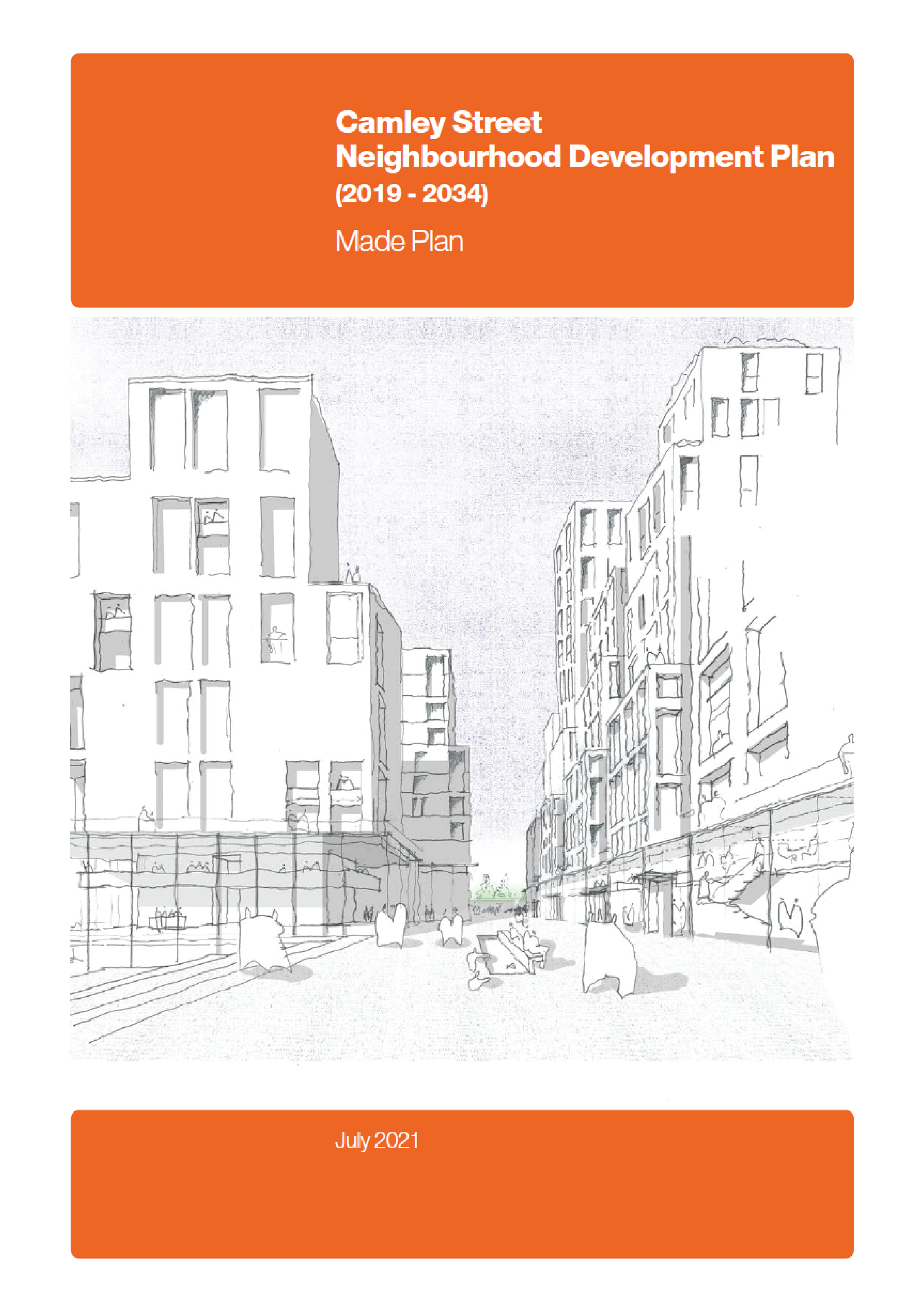回歸以人爲本的市區更新|A Return to People-centred Communities through Urban Renewal






放眼海外,不少城市都正面對都市衰退、樓宇老化等問題。然而,卻不是每一個城市都選擇以重建的方式進行市區更新。即使需要重建,似乎亦有方法減少對城市面貌、社區脈絡的傷害,同時回應居民需要。就讓我們將目光放向海外案例,一起拓闊對市區更新的想象,看看市區更新可如何回歸以人爲本。
法國公屋 復修全程安坐家中
在香港,樓齡高就幾乎必然會迎來清拆重建的命運,但在法國波爾多卻不然。
建於1960年代的公共房屋項目 Grand Parc 於2011年開始籌備第一期更新之時,樓齡已達51年,但由於並無重建需要,所以項目團隊便著手在保留樓宇結構的同時,透過全面復修,更新樓宇公共設施、改善通道設計,並為三棟共530個單位添上全新的浴室電器系統。除此之外,項目團隊亦同時進行擴建工程,大幅增加屋苑内的公共空間,更為每個單位添上半開放式陽台 (Winter Garden),令住戶們在室内外都擁有充足的休憩空間,亦大大改善了單位通風和採光,實為一舉兩得。
與此同時,爲了減少對居民的影響,項目團隊特意調整施工日程,令每個單位的工程時間縮短至兩星期左右。在過程中,居民亦可全程安坐家中,而在復修後租金亦維持不變,真正惠及居民。
英國諾咸頓 廢棄郵件處理大樓 轉化為嶄新校舍
誰説日久失修、丟空閒置的建築就一定要拆呢?英國中部城鎮諾咸頓 (Northampton) 一座閒置了足足11年的廢棄郵件處理大樓 (Royal Mail Sorting Office) 近年活化成一棟全新校舍。
這座占地一英畝的大樓建於1981年,在2003年因遭到縱火而「英年早逝」。多年的丟空閒置除了導致失修,亦引來了不少塗鴉破壞行爲,更令大樓成爲了近千隻鴿子的巢穴。昔日由戴安娜王妃首次單獨出訪時開張剪綵的大樓,亦因而成爲了當區居民的陰影。
直至2014年,市政府有見諾咸頓面臨學額短缺問題,終於批准舊郵件處理大樓的改建計劃。設計團隊除了考慮到清拆成本高昂,亦有其環保及保育上的考量,盡量保留大樓主體,並利用其標誌性的格子樑板 (waffle-slab structure) 為校舍增加採光通風,加强樓層間之視覺連結,使這座粗獷主義大樓避過淪爲建築廢料的下場,而是換個形式,為昔日工業發展留下時代印記。截至2020年,學校為市内提供共1,800個學位,而項目更囊括了8個大獎,包括英國皇家建築師協會的區域建築大獎(RIBA Regional Award)。
英國倫敦卡姆登區 由下而上的社區規劃
自己的社區適逢巨變,有否想過可以與街坊好友一同建構社區願景、倡議及制訂規劃政策?卡姆登區 (Camden) 位處倫敦的心臟地帶,除了鄰近國王十字 (King’s Cross Station) 及聖潘克拉斯國際車站 (St. Pancras International) 這兩個國内最繁忙的火車站,亦是具住宅、工業和零售於一身的多用途發展區。隨著近年國王十字車站一帶進行大規模重建發展,不少大企業,例如谷歌 (Google) 和 Meta 紛紛進駐興建辦公大樓,同時亦引來不少物業發展項目。
面對如此變化,不少居民和商戶均認爲往後卡姆登區只會變得更商業化,被收地、重建和士紳化逼走都似乎只是時間問題。他們同時亦擔憂市政府在審批規劃申請時欠透明度和保障地區經濟發展的原區安置方案以及在決策過程偏向發展商一方。
有見及此,一群街坊和商戶透過法定程序組成了甘利街社區規劃聯席 (Camley Street Neighbourhood Forum)。有別於香港的民間組織,聯席在規劃上有實際作用,有權就甘利街 (Camley Street) 一帶的重建規劃進行公衆諮詢和規劃研究,並可就市政府提出的規劃發展藍圖提出民間自發的替代方案 (Neighbourhood Plan)。經過一輪公衆諮詢、獨立審查和區内居民公投之後,最終在2021年9月,替代方案在得到九成居民支持下通過,而市政府往後在審批發展計劃時亦必須以此方案為根據。替代方案聚焦6大主題:就業、地區需要 、房屋、可持續交通 、綠色基建、設計質素,當中亦有著墨可負擔房屋、公共空間等議題。
至於商戶最關注的安置問題,替代方案則指明所有發展項目必須盡可能保留現有商戶,而所有重建項目亦需提供足夠空間安置有聘請當區居民及支援倫敦中部的商戶。由此可見,在市區重建的議題上,市民不一定是輸家。
Urban decay is a problem that plagues many cities. Yet unlike Hong Kong, urban redevelopment is not always adopted as the de facto solution around the world. Even when redevelopment seems inevitable, there are innovative solutions to mitigate impacts to the urban fabric and minimise damage to existing community networks, without compromising residents’ quality of life in the future.
Let’s turn to successful urban renewal case studies around the world to expand our horizons, and explore how holistic redevelopment solutions can bring value to the community.
Bordeaux: Renovate but not demolish, retain but not displace
Redevelopment might be an inescapable outcome for aged buildings in Hong Kong, but not necessarily in Bordeaux.
The Cité du Grand Parc social housing apartments were already 51 years old when they were scheduled for renewal in 2011. Despite being built in the early 1960s, initial assessments conducted by the project team found it unnecessary to rebuild the three fully-occupied buildings as the existing structure remained fit for use. Instead, they decided to refurbish the buildings, which contained a total of 530 apartments. The project team refreshed the development’s shared facilities, improved access and circulation in common areas, and upgraded the electrical provisions in the bathroom of every unit.
The project team also commenced building extension works in tandem with the renovation. Not only was the common garden enlarged, they also added large semi-enclosed balconies, called winter gardens, to each unit. These provided residents with additional recreational space both indoors and outdoors, improved natural light, ventilation, and enhanced views.
To minimise disruption to the residents’ daily life, the project team scheduled the extension works within a tight project timeframe, so that it would take only two weeks to refurbish each unit.
In fact, residents were able to continue staying in their units during the whole process. More importantly, no residents were displaced as rents remained unchanged after the refurbishment was completed.
Northampton: Transforming a disused mail sorting office into a brand new school
If you assume disused and derelict buildings are bound to be demolished, then this adaptive reuse project in Northampton will surely make you think twice. Built in 1981, the former Royal Mail Sorting Office, occupying a one-acre site, was abandoned in 2003 after an arson attack.
After it was left idle for 11 years, the building became a hotbed for vandalism, criminal activity, and unexpectedly, a home to nearly a thousand pigeons. The damaged and disfigured building was a shadow of its celebrated past as the first building opened by Princess Diana on her inaugural solo royal engagement.
Given the sheer size of the site, the project team deliberated over the enormous monetary and environmental cost that would arise from demolition.
They decided on the unconventional route of keeping the building facade largely unchanged to preserve its brutalist, post-war architectural aesthetics and adapted the existing concrete waffle-slab structure to introduce more natural light into the building and to enhance the visual connection between floors.
The rehabilitated building is today the Northampton International Academy. It provided a total of 1,800 school places for students in the local neighbourhood. The sensitive redevelopment also won eight industry awards, including the prestigious Royal Institute of British Architects (RIBA) Regional Award in 2019.
Camden: a bottom-up neighbourhood plan
Do you think witnessing momentous changes in your neighbourhood will motivate you to influence the future planning of your community? Would you be inspired to volunteer for a bottom-up planning project to develop a community vision and propose alternative planning policies?
For residents in Camden, a mixed-use neighbourhood located in the heart of London, this was exactly what happened. Comprising residential, industrial, retail, and light industrial uses, the area is adjacent to two of the busiest train stations in the UK, King’s Cross and St. Pancras International Station.
Large-scale redevelopment around King’s Cross triggered real estate development, attracting multinational firms like Google and Facebook to the area. Given its proximity to King’s Cross, it became apparent that Camden would face significant development pressure as well.
Residents and business owners were concerned about the future of Camden. They felt it was just a matter of time before widespread commercialisation, redevelopment, and gentrification occurred. Moreover, they bemoaned the lack of transparency in the local council’s planning process, and their bias towards real estate developers at the expense of supporting the local economy and long-standing businesses.
Amidst these monumental changes, the Camley Street Neighbourhood Forum was formed to safeguard the concerns of local residents and business owners. Unlike non-governmental organisations in Hong Kong, the forum could affect changes on the urban planning of Camden. In addition to having the right to hold public consultations and conduct planning studies, it also prepared neighbourhood plans, which are statutory documents that set out general planning policies to guide future development.
After a series of public consultations, independent assessments, and a successful local referendum in September 2021, the Neighbourhood Plan was adopted with a whopping 90% support from residents. As such, the local council must refer to the Neighbourhood Plan when they process planning applications in the future.
The Neighbourhood Plan focuses on 6 themes, namely Employment, Local Community and Social Needs, Housing, Sustainable Transport, Green Infrastructure, and Design Quality. Issues related to affordable housing and the provision of open spaces were also included in the plan.
Key concerns of business owners were also addressed in the Neighbourhood Plan. For example, the plan mandated all redevelopment plans must retain existing business uses as far as possible. Urban renewal plans must also allocate sufficient space to accommodate or relocate businesses that provided local employment opportunities and supported the local economy of Central London.
This shows the public can play an important role in determining the direction of urban renewal when they harness their voice collectively.
你可能對以下吉人吉事有興趣:
You may also be interested in these GUTS Stories:
















